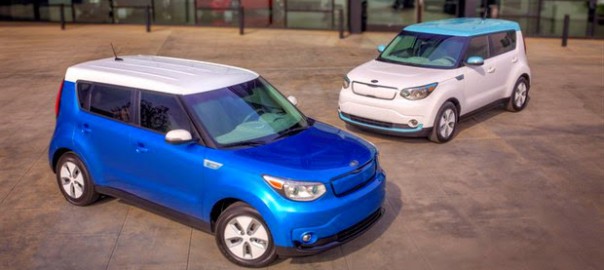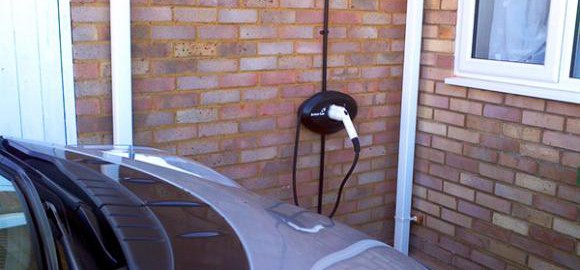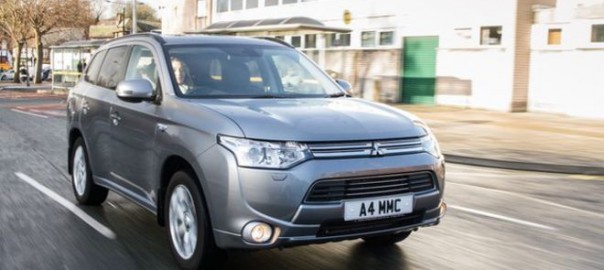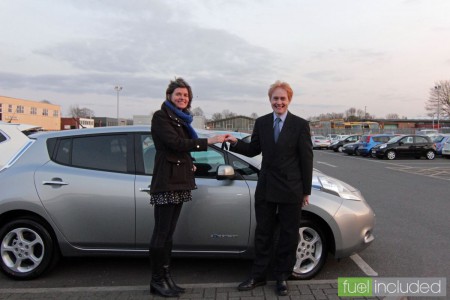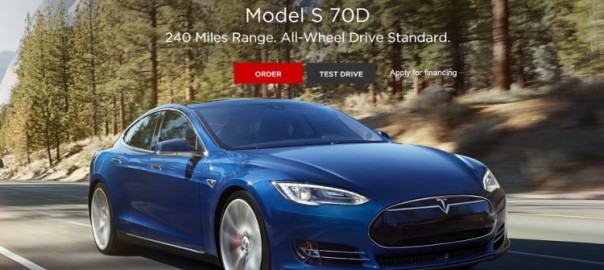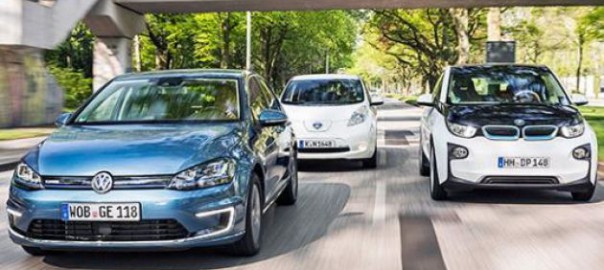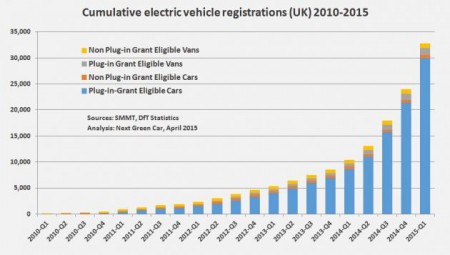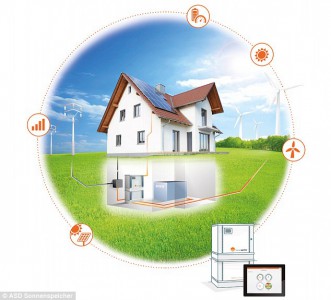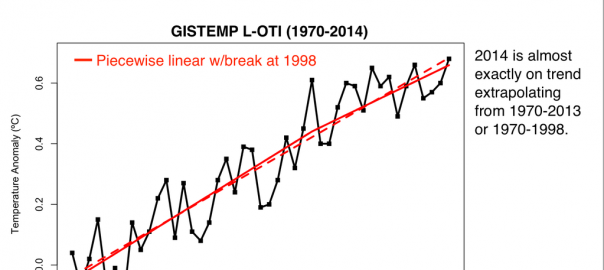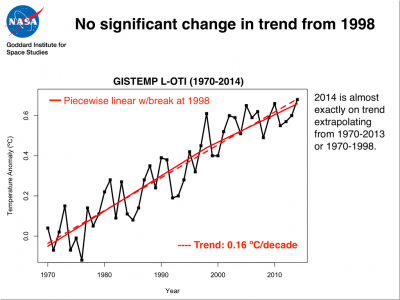In my previous post about EVTEC’s four-port 100+ kiloWatt DC Fast Charging station, there’s a little footnote that deserves more attention — the Kia Soul EV supports 100 kiloWatt DC Fast Charging via CHAdeMO. The Kia Soul EV is getting strong reviews, with Kia making it available in several European countries, in Canada, and several U.S. States. The reviews indicate Kia carefully crafted an excellent electric car, and as a Soul EV owner I can attest to how good a car it is. That it also supports a 100 kiloWatt charging rate demonstrates the assertion that Kia paid attention to details with the Soul EV.
This, and the Soul EV’s driving range, make it second in driving autonomy to the Tesla Model S.
That’s a big claim to make about a car many people dismiss as a compliance car (it’s not), so let’s take a look at what it means.
Since September, the Soul EV has been shown twice alongside 100 kiloWatt CHAdeMO charging stations. Last September it was a Korean charging station maker demo’ing their station and the Soul EV in Europe. Then in late March, it was EVTEC (a Swiss company) showing off their four-port CHAdeMO/CCS station, alongside a Soul EV. Hence, while Kia hasn’t said much about it in public, this demonstrates the Soul EV’s capability of charging at 100 kiloWatts via CHAdeMO.
To my knowledge no other CHAdeMO or Combo Charging System (CCS) car can charge at this rate. Well…. that’s a hard assertion to test because the CHAdeMO and CCS public infrastructure doesn’t support 100 kiloWatts.
The Tesla Supercharger network, however, supports a 120 kiloWatt charging rate which is how the Model S is the first electric car that can implement proper road trips. That charging rate means a sub-1-hour recharge for a 260+ mile driving range.
Therefore, by supporting a 100 kiloWatt CHAdeMO charging rate, the Soul EV has the second fastest charging behind the Model S. BUT .. of course .. it’s difficult to be happy about that if you can’t find a 100 kiloWatt CHAdeMO station anywhere. We have to be satisfied with our 50 kiloWatt (or less) charging rate supported by the current infrastructure.
It does point to future standards compliant EV charging infrastructure, supporting electric cars from any manufacturer, with charging rates as fast as Tesla’s Supercharger system.
I said the Soul EV is “second in driving autonomy to the Tesla Model S”. We’ve just gone over the charging rate side of that, let’s now go over the driving range.
The Model S comes with two battery pack sizes – 60 kiloWatt-hours, 208 mile EPA range – 85 kiloWatt-hours, 265 mile EPA range.
The next longest electric car EPA range is the Kia Soul EV, coming in at 93 miles with many people reporting testing it at over 100 miles range. The Gen2 Toyota RAV4 EV has a longer EPA range, but is no longer on the market. The Mercedes-Benz B-Class Electric has a larger battery pack, but an 87 mile EPA range. Neither have fast charging.
The Kia Soul EV supports a 93 mile (or more) range, and 100 kiloWatt charging rate, with a 27 kiloWatt-hour battery pack. Some claim that a small pack like this cannot charge at such a rate without damaging the pack. Supposedly the rule of thumb is to not charge faster than 2x the pack capacity, so a Soul EV should max out at 54 kiloWatts charging rate.
That “rule of thumb” is a way of describing a 2C charging rate (1C means a 1 hour charging time, and 2C means a 1/2 hour charging time). The actual safe charging rate (“safe” meaning both actual safety from events like fire, and “safe” as in not damaging the pack) depends on the battery chemistry. Some chemistries can charge at a higher C rate than other chemistries. Did Kia choose battery technology that can charge at a 4-5C rate?
The phrase “driving autonomy” means a combination of charging speed and driving range. The gasoline cars are tops in both measures, with a 300+ mile driving range and a 5 minute recharge time. Our gasoline driving cousins prove every day what they can do with that sort of autonomy. It’ll be awhile before electric cars catch up (1 megaWatt charging rate?) but as the manufacturers push both driving range and charging rate forward we’ll get closer and closer to what the gasser drivers enjoy.
Going forward it’s best if electric vehicle drivers demand “autonomy” from automakers and charging network operators. That’s the only way to convince those stuck with range anxiety issues that electric cars are safe for adoption.
Source: The Long Tail Pipe
